Building Behavioral Design Skills: Conversations with Breakthrough ACTION Innovators
Written by: Finou Thérèse Mendy, ideas42
This is part of a series of conversations with members of the National Innovations Team (NIT), a group of 54 health professionals across government and non-profit sectors in Burkina Faso and Niger. NIT members engage in a hybrid online and in-person applied learning curriculum developed by ideas42, which includes an introduction to behavioral design and hands-on coaching from our behavioral economics experts.
Through the course, members develop and refine innovative solutions based on feedback from end users to address behavioral challenges across a range of health areas. The NIT was established in 2020 by Breakthrough ACTION, the U.S. Agency for International Development’s flagship SBC program.
This spotlight features Hamsatou Moumouni Moudi, head of the Communications and Public Relations Division at the Ministry of Public Health, Population and Social Affairs in Niger. She was part of the second cycle of the NIT course in 2021–2022, during which she worked to promote a varied and nutrient-rich diet for pregnant women. Hamsatou also participated in the first cycle of the NIT activity, which focused on improving caregivers’ complementary feeding of infants aged six to eight months. During this interview, she explains how the knowledge she has received is being disseminated within the Ministry of Health, within other organizations, and as a trainer at the Institute of Public Health to a new generation of communicators.
What motivated you to participate in this training?
In the beginning, I thought it was just the usual two- or three-day training session and then everyone would go their separate ways. But when we went for the launch, the Breakthrough ACTION team explained the different modules—ideation, prototyping, user testing—and I thought, “Ah, this is what I need!” Especially because when we typically create behavior change communication materials, we have to hire designers and explain to them what we want. Then they go and make sketches and come back, and we usually tell them, “No, that’s not quite right,” and then they have to do another draft and come back to us. It’s a lot of back and forth. So, I thought to myself, if we knew how to do that work ourselves, it would go a lot faster.
What motivated you to attend the training for both cycles?
My team designs media and communication tools that promote behavior change, but we’ve often been confronted with behavioral barriers and constraints getting the community to change their behaviors. No matter how much we raised awareness, there has always been a certain reluctance. In other words, we haven’t been able to change the community’s behavior the way we intended to. We knew that something was wrong with our approach, and we wanted to understand why. We recognized the need for innovation. Breakthrough ACTION has really helped us develop innovative solutions that have the potential for impact. My motivation is to learn and adopt innovative approaches that will improve our communication strategies and results.
Is there anything that surprised you about cycle 1, cycle 2, or the refresher training?
What surprised me the most was learning about the importance of the development process—the process of engineering of materials—during the design phase. Now, I understand that outreach alone does not lead to behavior change, and that design is an integral piece to behavior change approaches. You have to go beyond believing that just because someone becomes aware of an issue, you’ve consequently convinced them that it’s an issue that impacts them and they will now decide to change their behavior in response to it—or that deciding they’d like to change their behavior means that they will follow through with it. Before, we believed people when they said they had made a decision and believed that they would act on it. We really thought that they would do it, that they couldn’t not act according to it. Now, I’ve learned that making a decision is simply not enough to change people’s actions; you have to continue to nudge them toward it.
“You have to go beyond believing that just because someone becomes aware of an issue, you’ve consequently convinced them that it’s an issue that impacts them and they will now decide to change their behavior in response to it … Now, I’ve learned that making a decision is simply not enough to change people’s actions, you have to continue to nudge them toward it.”
Is there anything different in the way you now work?
Admittedly, we used to produce communication materials and then think the problem was solved. All that was left to do was to display the material. Then, once that had happened, we believed we had sufficiently raised awareness. Now that we’ve joined the National Innovation Team, we’ve learned how to do real design, which calls on a lot of other expertise in areas like psychology and sociology—aspects that help us better understand our intended audiences and stakeholders. Since then, I don’t take design lightly and I don’t rely on pretense. Instead, I carefully investigate the context, which is often not an easy thing to do. Incorporating behavior goes beyond people’s knowledge and attitudes, and allows me to create more effective designs. For a long time, we allowed ourselves to design without considering the socio-ecological context, but now we realize that every aspect of this context has its own purpose and deserves to be explored further.
Can you give an example?
We’ve started paying much more attention to mood, physical environment, and social context. We’ve also learned how to account for chronic scarcity. We didn’t consider these things before. For example, we’d often approach organizing events around increasing visibility. We didn’t think about how there could be specific moments or new things in people’s everyday lives that could push them to take action. We learned this through the NIT training.
What has been most useful for you, and what will be most useful to you in your daily work?
Our department is at the macro level of the ministry and is attached to the General Secretariat. This means we’re in charge of coordinating all forms of communication, including responding to any government communication concerns. With the arrival of Breakthrough ACTION, we’ve created another group to coordinate social and behavior change communication specifically. For example, if the nutrition department wants to design new tools, we submit the designs to this group for validation. Now that I’ve learned that design requires much more innovation, I make sure that we use NIT-trained colleagues in the development of new designs and prototypes. We’ve stopped doing things the way they used to be done in how we approach developing communication tools. We also make sure partners understand it takes time to incorporate innovative approaches into project planning and implementation—and that good design necessitates it. I’ve also since adapted the way I teach at the National Institute of Public Health to incorporate what I’ve learned through the training and teach my students innovative approaches. The training has all had a big impact on my philosophies and approaches to my everyday work.
“Now that I’ve learned that design requires much more innovation, I make sure that we use NIT-trained colleagues in the development of new designs and prototypes.”
Do you have any other thoughts on the course?
Soon, we’ll be revising the curriculum in our health worker training institute and are counting on Breakthrough ACTION to help us set up a pool of trainers. Through this training, they will learn how to innovate in the field and will be prepared to practice and implement innovative approaches using behavioral economics. Creating small groups that receive more training after the original workshop could be helpful so that some trainers are able to deepen their mastery of design and provide ongoing training and supervision to others on the ground.

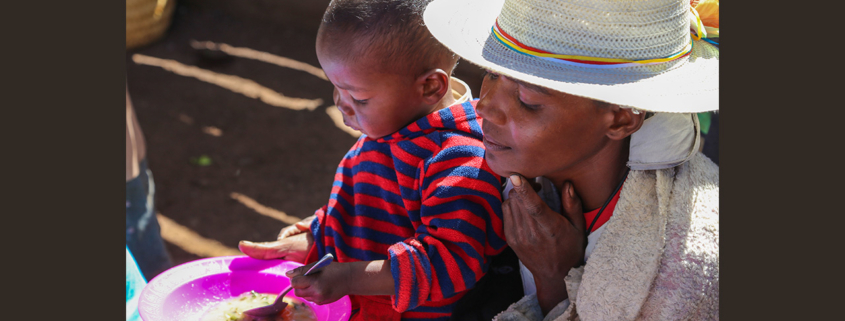 Mohamad Al-Arief/World Bank
Mohamad Al-Arief/World Bank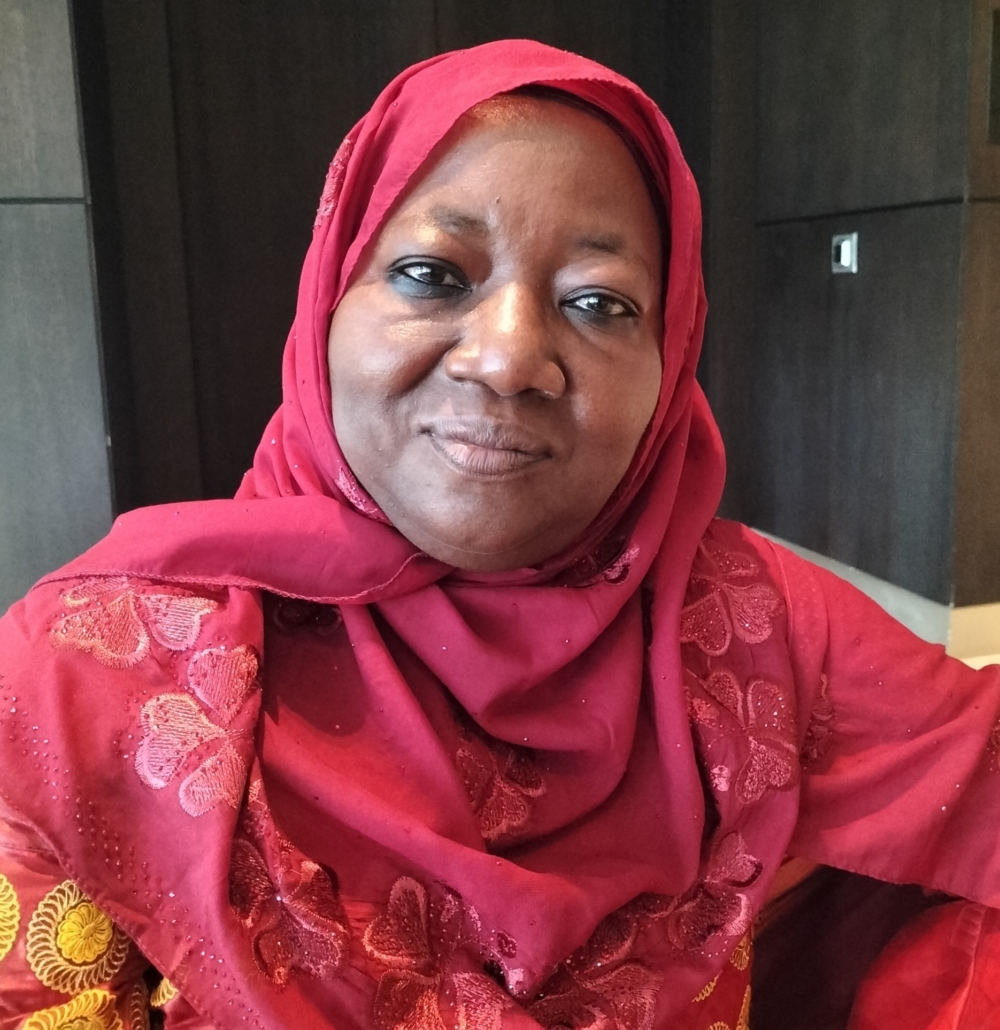
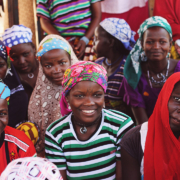 Cambey Mikush/Photoshare
Cambey Mikush/Photoshare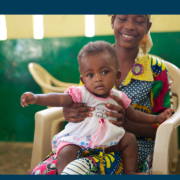 Sara Holbak/VectorWorks/Photoshare
Sara Holbak/VectorWorks/Photoshare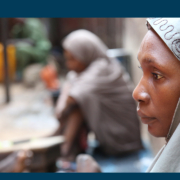
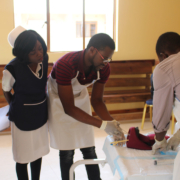
 2019 CORE Group Global Health Practitioner Conference
2019 CORE Group Global Health Practitioner Conference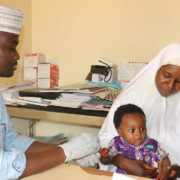 Breakthrough ACTION
Breakthrough ACTION